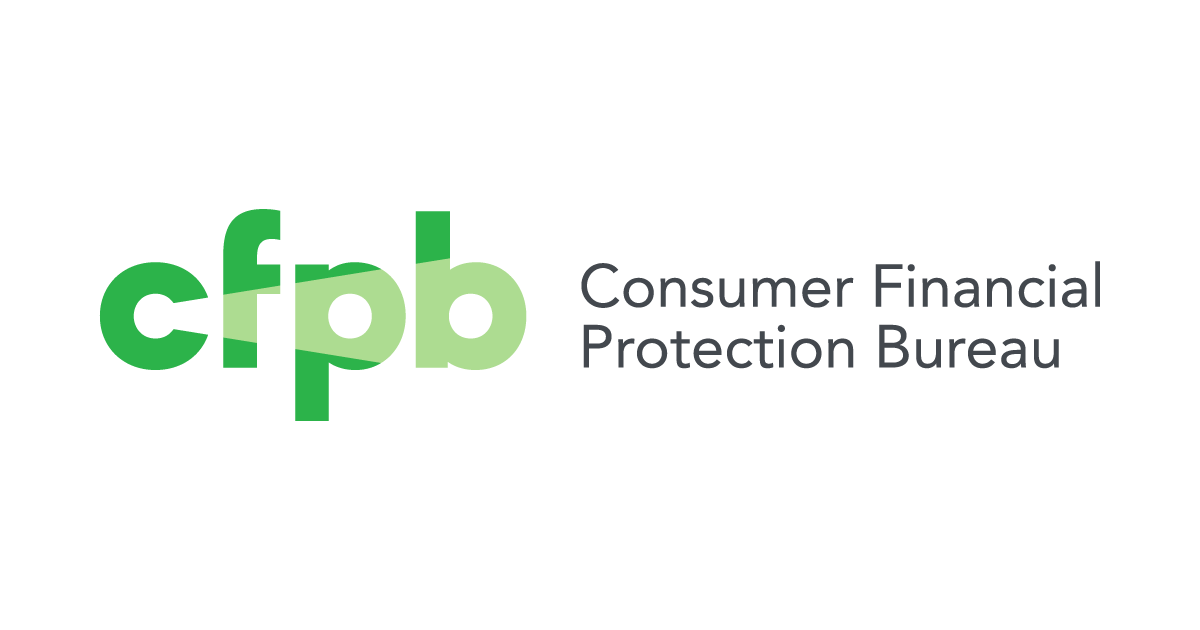
TINA.org Joins Over 300 Orgs. in Letter Urging Congress to Support Financial Watchdog
Legislators should protect the work of the Consumer Financial Protection Bureau.
Arm consumers with X-ray vision to protect them from scams circulating on Facebook.
| Stacie Bosley
 Blessing Loom, Secret Sister, Wine Gift Exchange – these were just a few of the fraudulent opportunities presented on social media during the 2016 holiday season. The promise that unites them? If you bless/share/exchange (in other words, pay) and recruit others to do the same, you will ultimately be the recipient of rewards that far outweigh your contribution.
Blessing Loom, Secret Sister, Wine Gift Exchange – these were just a few of the fraudulent opportunities presented on social media during the 2016 holiday season. The promise that unites them? If you bless/share/exchange (in other words, pay) and recruit others to do the same, you will ultimately be the recipient of rewards that far outweigh your contribution.
The problem? This pay and recruit structure guarantees losses for the majority of participants, not because they have failed to “do it right” but because the structure is constructed to enrich a few at the expense of the many. You may recognize this as a modern day chain letter, but the thin veil of rhetoric – often invoking themes of generosity and reciprocity – lures consumers and leaves advocates and regulators scrambling to issue rapid fire warnings and alerts. The problem gets even thornier when the scheme is presented as a retail-based business opportunity. Blessing Loom asks each recruit to simply pay cash and recruit. When a product or service is added to the mix, it can be much more difficult to determine if a pay-and-recruit structure is at the heart of the offer.
Scheme promotions often provoke curiosity, disdain, or indifference among the unrecruited. It is so tempting to write these scams off as a form of gambling: rational individuals taking a chance against long odds. In this way, losses are justified as expected losses to risk-seeking individuals. Unlike regulated gambling, however, pyramid schemes often promote a payout without disclosing the true odds of earning a positive net return. Excessive earnings claims further exacerbate the problem, increasing perceptions of the size and likelihood of profit.
Beyond the assumption of risk-seeking behavior, scheme participation is often explained away as a path to “social utility” – individuals are seeking a social outlet and are willing to tolerate financial losses to tap into the benefits of “being in the club.” As an economist, I could accept this interpretation if it wasn’t contradicted by the stories of victims and the promises and promotions of the schemes themselves. You won’t find a Blessing Loom-like promotion that promises purely social benefits – the financial payout is central to the pitch. There must be a better route to social capital than the proposition of near-certain loss of funds, legal exposure, and potentially damaged social connections.
Precious little is known about the judgments and decision-making processes employed when a scheme appears within a Facebook feed. How does the individual think about their chances of winning or even the consequences of “winning” or “losing?”
In a recent pilot experiment, my students and I offered undergraduate students two choices: they could invest money in a well-defined bet (25% chance of winning $4 dollars) or allocate those funds to a classic pyramid scheme, the Airplane Game. While they could potentially earn a much larger sum in the Airplane game, the subjects were given enough information to determine their chances of winning the prize – virtually zero. What happened? Nearly 90% of subjects chose to invest in the Airplane Game, even though the expected return (payout times chance of winning) was far lower than the alternative. Yes, this is a low-stakes choice in a controlled setting. But it is also a choice made without the pressures and rhetoric of real life, such as social pressure of recruitment by friends or family and language that evokes images of generosity and entrepreneurial success.
What do we know? Consumers are vulnerable to schemes that don’t even bother to hide their true fraudulent structure. Add a layer of glossy cover, the problem is all the worse. We need to arm consumers with X-ray vision to see the bones of any pyramid scheme: pay and recruit. To do this, we need to devote time, attention, and resources to understanding the choices consumers make and developing effective forms of consumer education. Viewing financial fraud as trivial, “social,” or informed gambling misses the aggregate harm to individuals, their social networks, and communities at large.
Legislators should protect the work of the Consumer Financial Protection Bureau.
Exploring the MLM industry’s latest pivot.
How millions of kids will lose their rights to be properly refunded for their losses.

